World War II was more than three years old when Winston Churchill, Franklin Roosevelt, and other Allied leaders met at Casablanca in January 1943, but the decisions made there would shape the rest of the war in Europe.
During the conference, Allied leaders settled on a policy of unconditional surrender and agreed on a strategic bombing plan to bring the Axis to its knees.
For the U.S., bombing would focus on daytime raids against strategically valuable targets — factories, ports, military bases, and other infrastructure involved in the war effort. For the British, who had suffered during the Battle of Britain and the Blitz, the air war would target German cities with nighttime raids.
In the following months, numerous German cities would crumble beneath the onslaught, but perhaps the most heinous destruction was in Dresden, a historic city in southeast Germany.

Dresden had avoided the destruction wreaked on major urban centers like Berlin and Hamburg. But on Feb. 13, 14, and 15, 1945, more than 1,200 British and U.S. heavy bombers dropped nearly 4,000 tons of high-explosive and incendiary bombs on the city.
The intensity of the bombing devastated the city’s historic center. The fire that raged during the bombing made superheated air rise with such force that it created a vacuum on the ground, ripping trees out of the ground, sucking people into the fires, and suffocating those spared the flames.
Roughly 25,000 people were killed, many of them civilians and refugees, and more than 75,000 buildings were destroyed. The scale and ferocity of the bombing, so late in the war, has led many to believe the attack was a war crime.
Below, you can see some of the devastation wrought by Allied forces 74 years ago:
♦♦♦
Dresden was a cultural and architectural gem in the 19th and early 20th centuries. The city is located on the river Elbe River, and the Dresden Frauenkirche, a Lutheran church, and the Katholische Hofkirche, the city’s Roman Catholic Cathedral, can be seen below.

The interior of the city was just as stunning. Dresden, known as “the Florence of the Elbe” before the war because of its architecture and museums, had little involvement in the German war effort.

After nearly six years of brutal war, Nazi Germany was staggering in February 1945. Soviet armies had reached the Oder River, roughly 50 miles from Berlin. The U.S. had recently won the Battle of the Bulge, defeating Hitler’s last-ditch attempt to break out of the Ardennes forest. The Nazi Luftwaffe was a shell of itself, able to do little to contest Allied control of the air over Europe.

In the first days of February, Churchill, Roosevelt and Soviet Premier Josef Stalin met in Yalta, then in the USSR. Their focus was dividing up Germany, but Western leaders did promise Stalin their air forces would continue bombing eastern Germany to help Soviet forces.

Allied “area bombing” targeted all Germany industry, civilian and military alike. Civilian areas of cities were targeted as well as industrial and military ones.
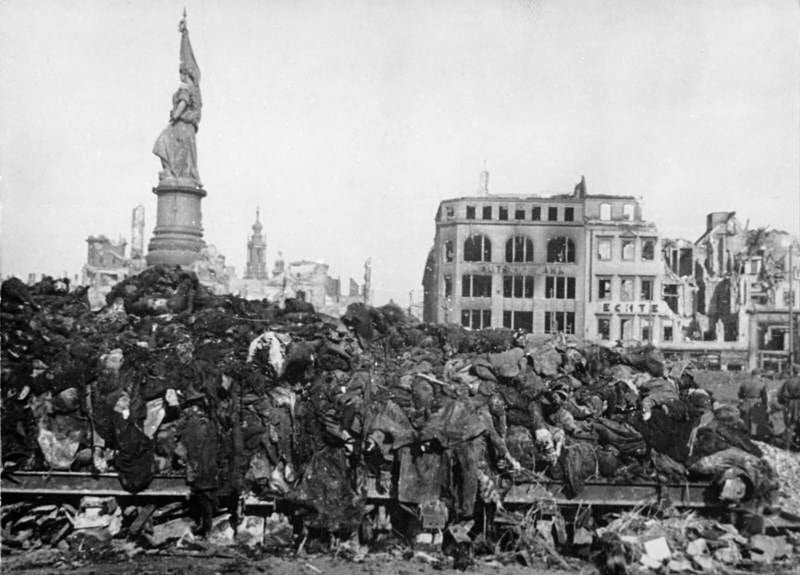
The German military contingent there was minimal, as most of the remaining Nazi forces were defending Berlin to the north. Many refugees fleeing the Soviet advance also settled in Dresden.
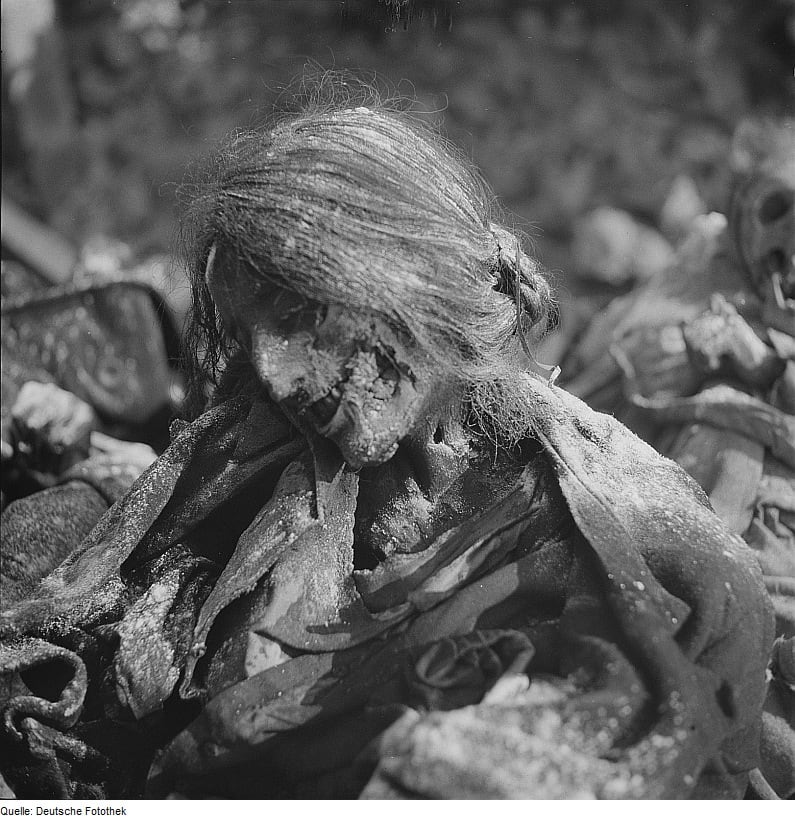
Dresden’s defenders put up little fight as the bombing began on the night of Feb. 13. Of the hundreds of British bombers that swarmed the city, just six Lancaster bombers were downed. By the morning of Feb. 14, some 800 RAF bombers had dropped over 2,500 tons of high-explosive and incendiary bombs.

Survivors of the first wave of attacks emerged from the city’s ruins on Feb. 14 and were greeted by hundreds of U.S. bombers targeting the city’s railways, bridges, and transportation infrastructure. The next day — Feb. 15 — more U.S. bombers attacked the city.
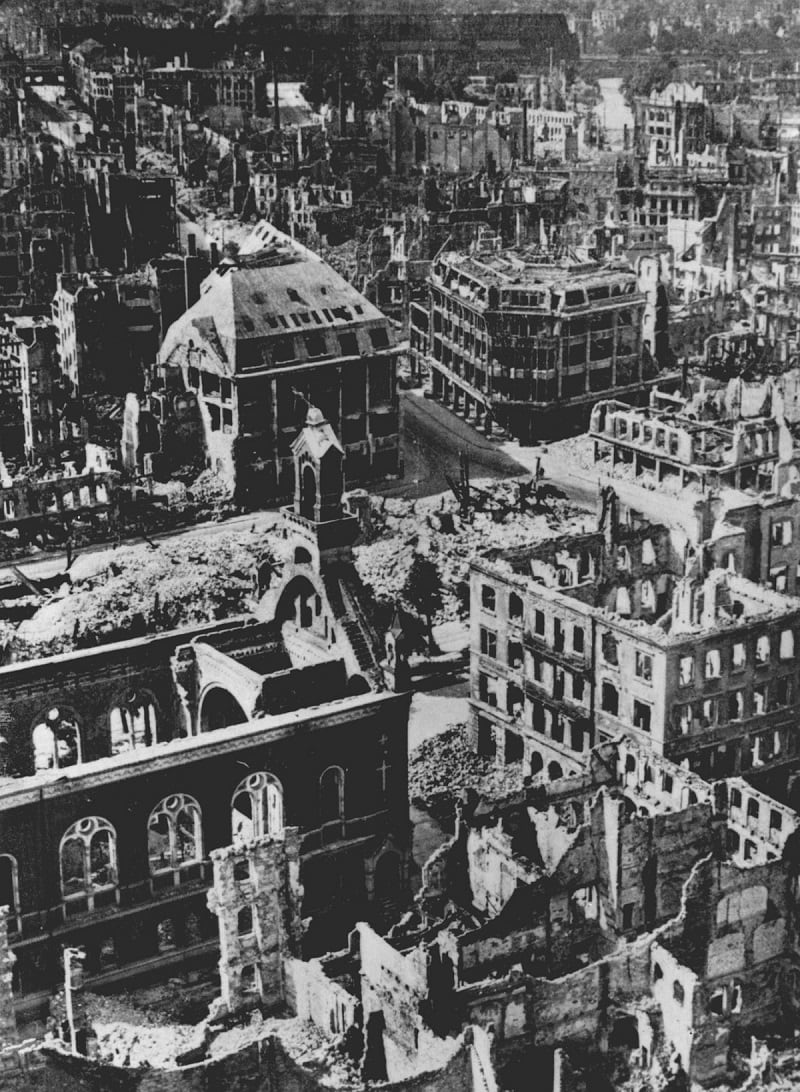
The U.S. 8th Air Force dropped more than 1,200 tons of bombs, most of it high-explosives. Before the war in Europe ended with Germany’s surrender in May, the 8th Air Force would carry out three more raids on Dresden, dropping another 2,800 tons of bombs.
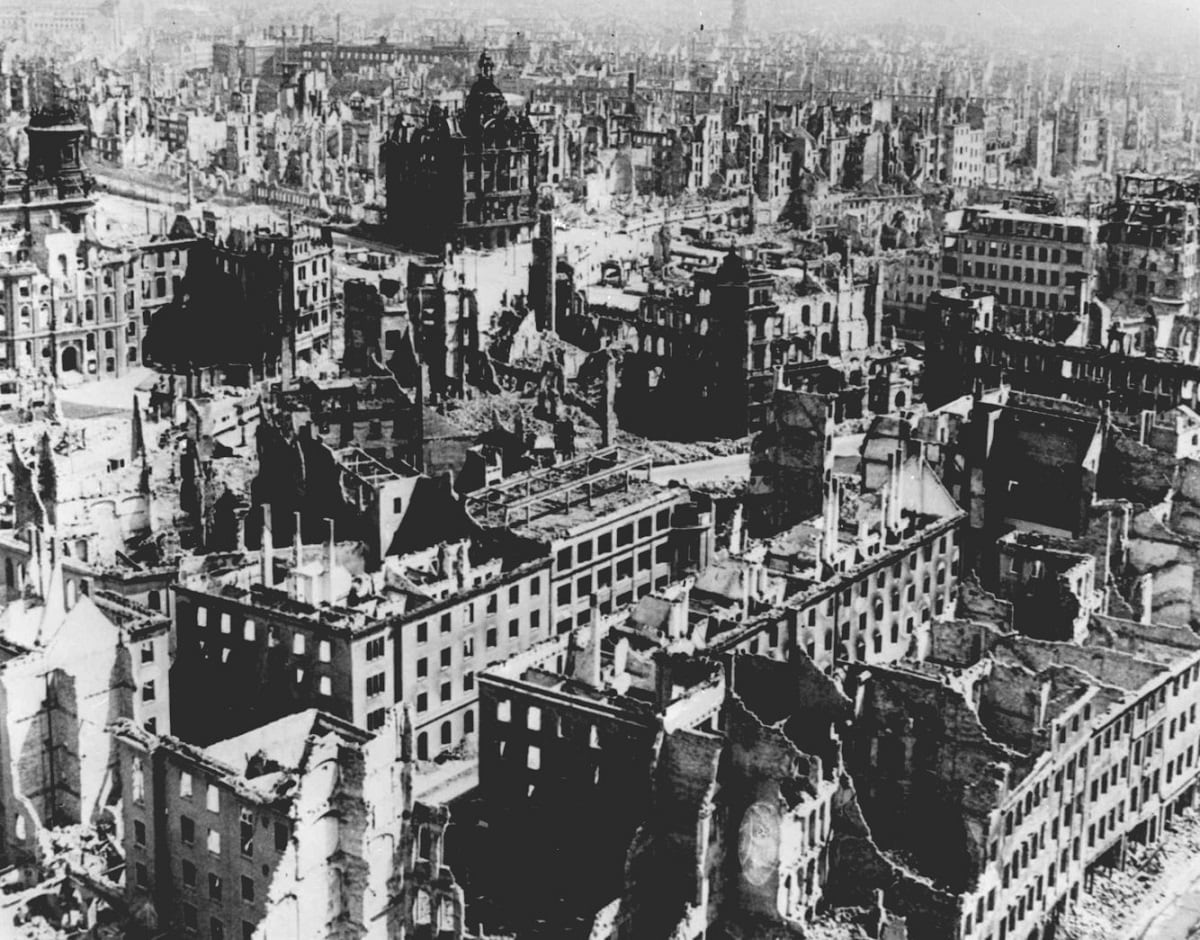
Allied forces and other have argued the bombing was necessary to disrupt German communications and supply lines that could have hindered the Soviet advance. While the British did not tout their targeting of civilian infrastructure, some acknowledged it.
For a long time, the government, for excellent reasons, has preferred the world to think that we still held some scruples and attacked only what the humanitarians are pleased to call military targets,” the head of Britain’s bomber command said in November 1941. “I can assure you, gentlemen, that we tolerate no scruples.”
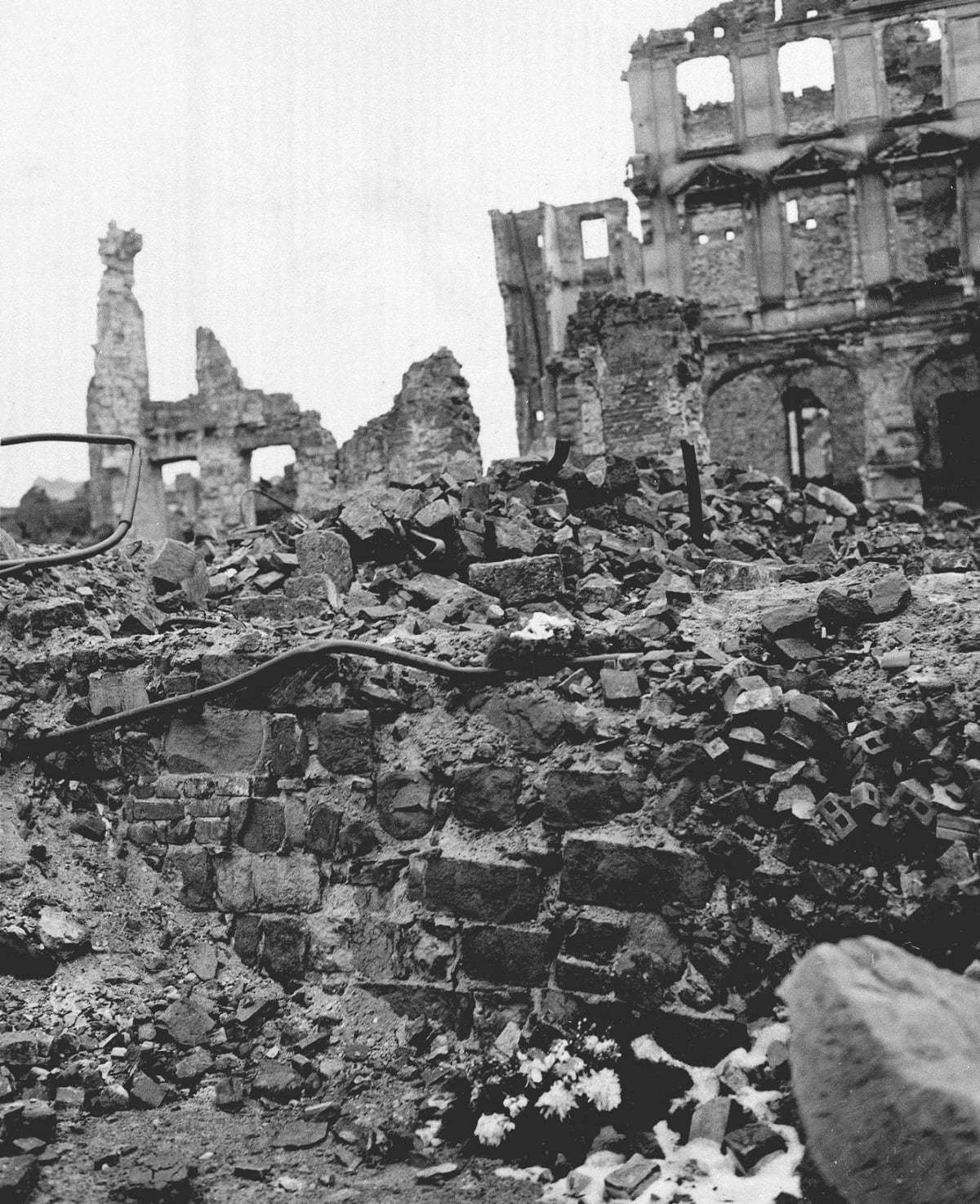
The legitimacy of the attack on the city continues to draw questions, in light of the scale of the destruction and nature of the targets. It has been condemned as a war crime by many, including Allied prisoners of war who were there.
“As the incendiaries fell, the phosphorus clung to the bodies of those below, turning them into human torches,” Victor Gregg, a British paratrooper held in the city during the bombing, said 68 years later. "The screaming of those who were being burned alive was added to the cries of those not yet hit. There was no need for flares to lead the second wave of bombers to their target, as the whole city had become a gigantic torch. Dresden had no defenses — no anti-aircraft guns, no searchlights, nothing.”
Gregg was captured at Arnhem in the Netherlands in 1944. He was sent near Dresden to work in a factory, then was caught trying to sabotage. He was sent to Dresden to be executed on the day the bombing began.

After the war, estimates of the death toll in Dresden varied widely, and often topped 100,000. Sometimes, these estimates were influenced by the politics of the assessors. An official German report in 2010 put the tally at 25,000 lives. For decades, the East German government refused to rebuild the Frauenkirche church, a dominant and historic feature of the city. It stood untouched and in ruins as a symbol and memorial for those killed. It was rebuilt after the Berlin Wall fell.
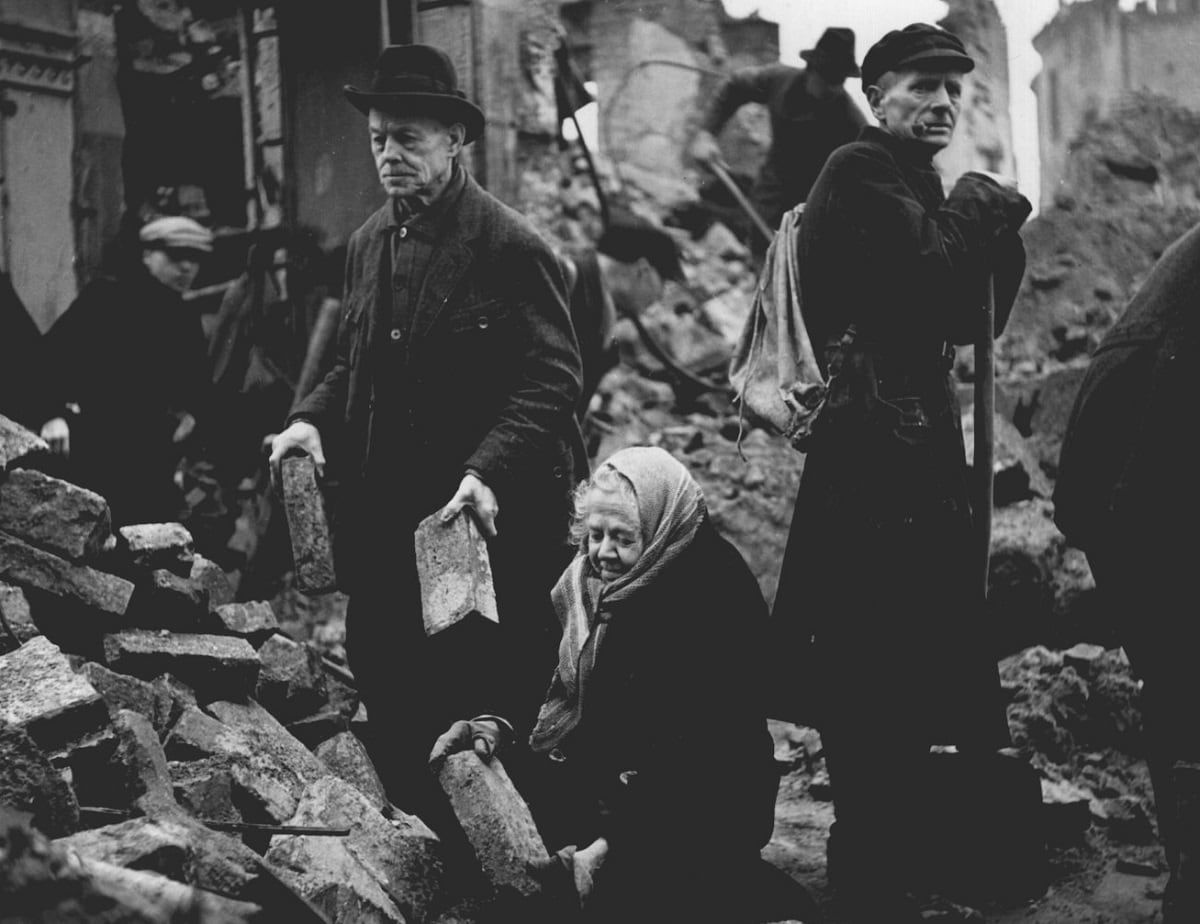
The bombing and the war have had lasting effects on the city, which is now more than eight centuries old. In years past, neo-Nazis marched there on Feb. 13 to mark the bombing. At times they have been met by a human wall of counter-protestors blocking the neo-Nazis from reaching the city center.
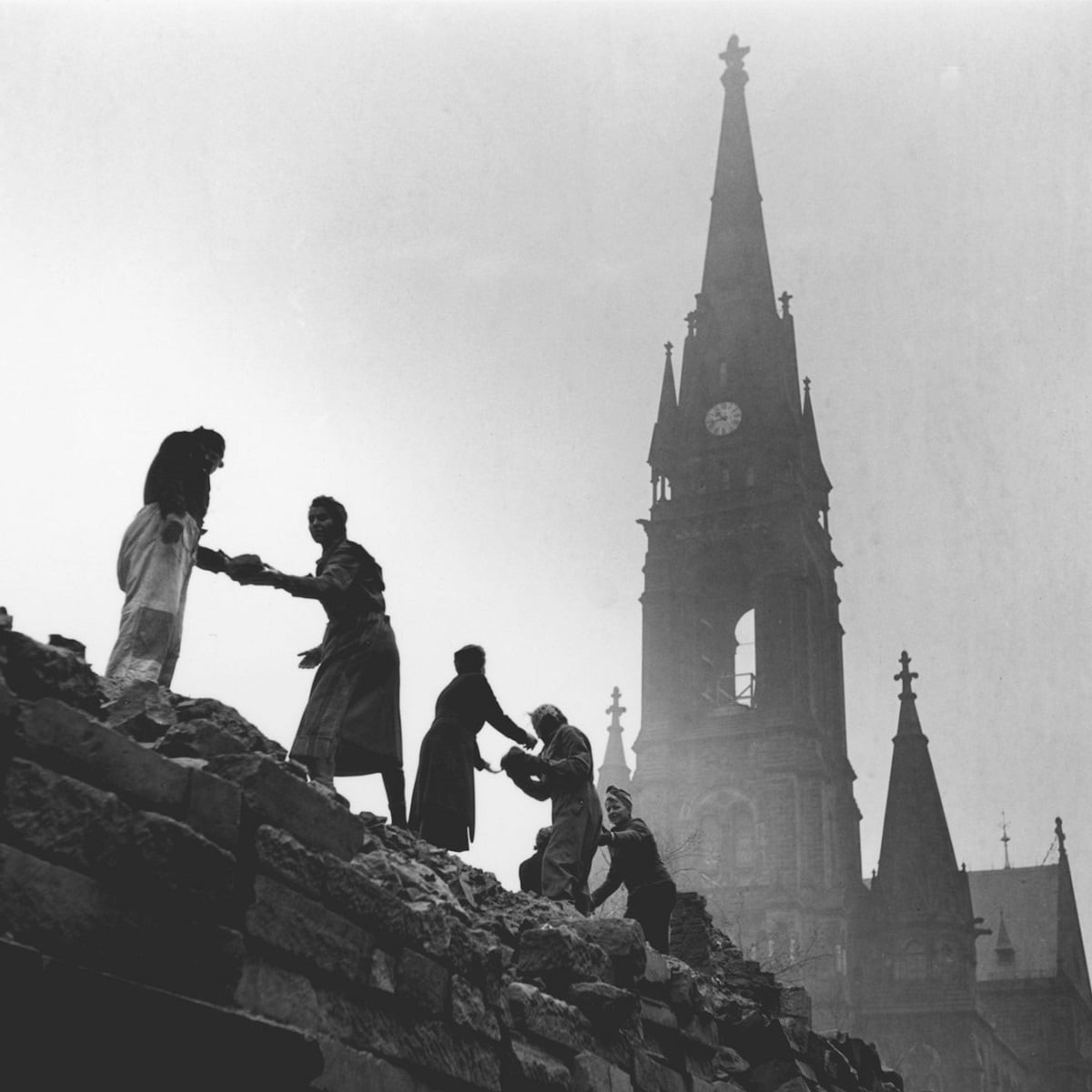
People who witnessed the inferno "still carry memories to places and people they never met again,”said German President Joachim Gauck on the 70th anniversary of the bombing. “We know who started the murderous war. And that’s why we want and will never forget the victims of German warfare when we recall here and now the German victims.”
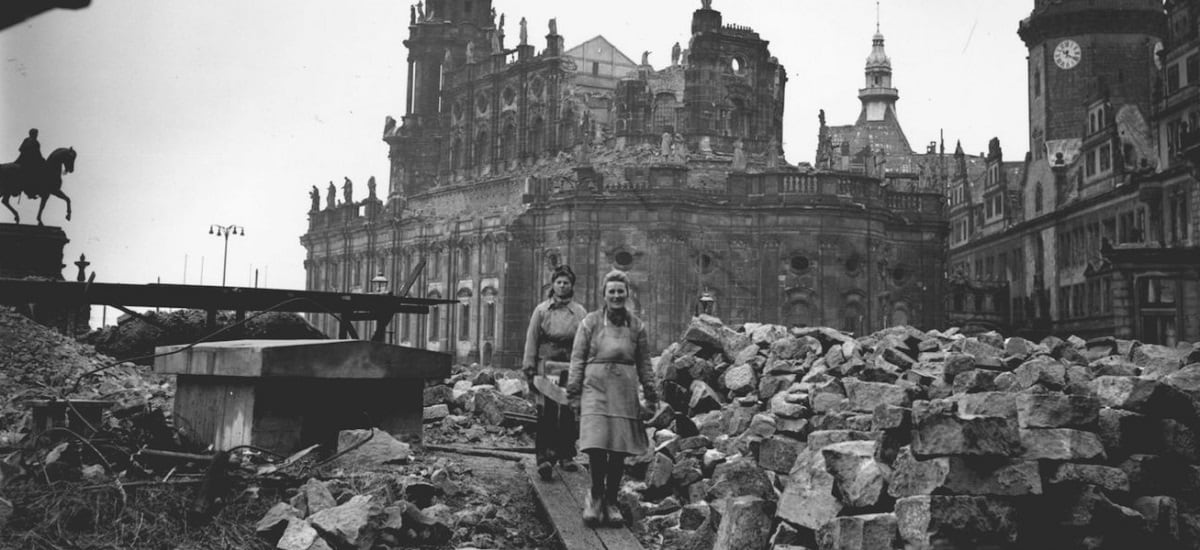
"I really did go back to Dresden with Guggenheim money (God love it) in 1967. It looked a lot like Dayton, Ohio, more open spaces than Dayton has,” wrote Kurt Vonnegut, a prisoner of war in the city, in his novel “Slaughterhouse-Five,” which depicted the bombing. “There must be tons of human bone meal in the ground.”



